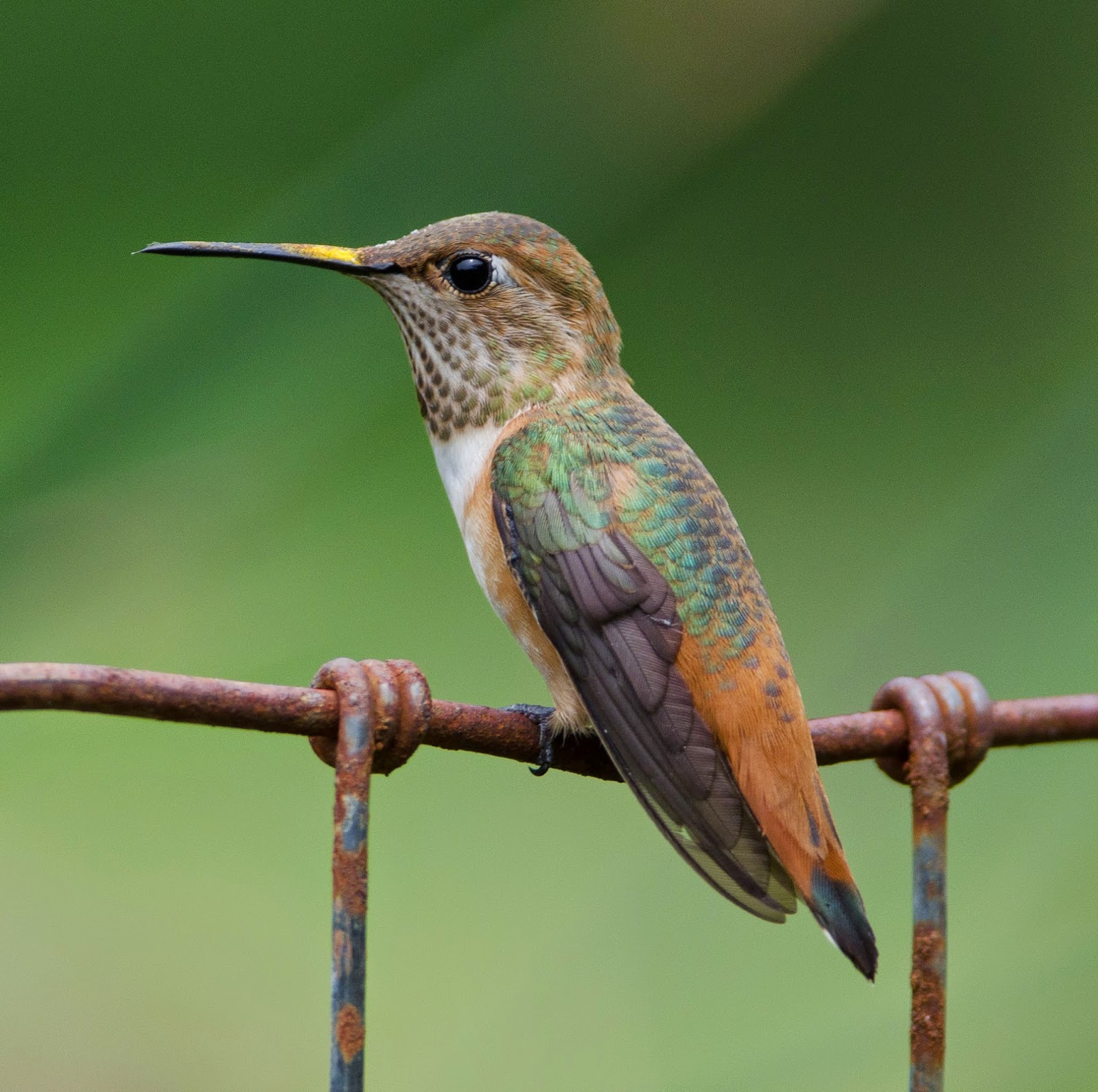

During migratory season, can be found in Arizona and even New Mexico. They’re a common summer resident of northern coastal California and southern Oregon and a year-long resident of southern Californa. Winters mostly in pine-oak woods in Mexico. 10 Species of Hummingbirds in South Carolina: Ruby-throated Hummingbird Rufous Hummingbird Black-chinned Hummingbird Buff-bellied Hummingbird Calliope. The range of Allen’s Hummingbid is one of the smallest and restrictive of all North American Hummingbirds. Breeding habitat includes forest edges and clearings, and brushy second growth within the region of northern coast and mountains. Ruby-throated hummingbirds bob their tails up and down occasionally when feeding. Because it relies on finding the right conditions in so many different habitats at just the right seasons during the year, it could be especially vulnerable to the effects of climate change.įorest edges, streamsides, mountain meadows. Avoid the color yellow on feeders as it tends to attract more bees. Despite its size, this species normally does not push around other hummingbirds at flowers or feeders. These large, dark hummingbirds live in mountainous pine-oak forests and shady canyons between Nicaragua and the extreme southwestern United States.

Still widespread and very common, but surveys show continuing declines in numbers during recent decades. A flash of purple crown and emerald throat makes for a magnificent hummingbirdand that happens to be a former name for Rivoli’s Hummingbird. The females are greenish-brown on the back, and rusty colored on the sides with a whitish belly.
HUMMINGS WITH YELLOW THROATED HUMMINGBIRD PATCH
Of the various typically western hummingbirds, this is the one that wanders most often to eastern North America, with many now found east of the Mississippi every fall and winter. Rufous Hummingbirds are bright orange on the back and belly, a white patch below the throat, and an iridescent red throat in the males. The Rufous also nests farther north than any other hummingbird: up to south-central Alaska. The male Rufous, glowing like new copper penny, often defends a patch of flowers in a mountain meadow, vigorously chasing away all intruders (including larger birds). Although it is one of the smaller members in a family of very small birds, this species is notably pugnacious.


 0 kommentar(er)
0 kommentar(er)
